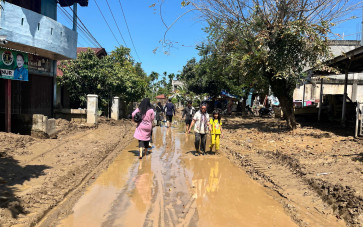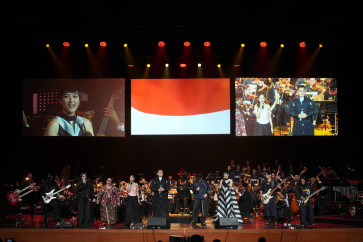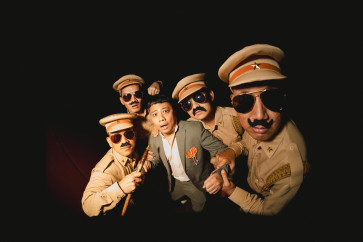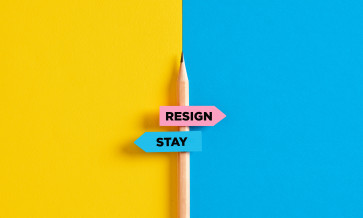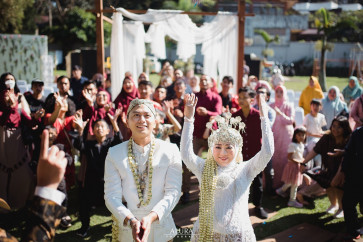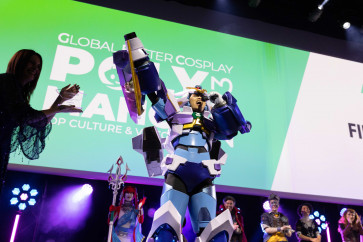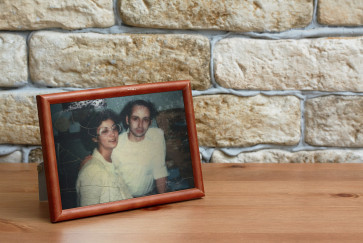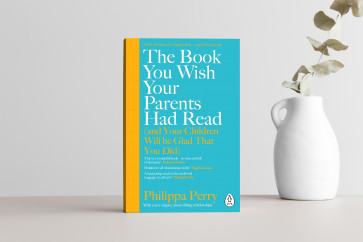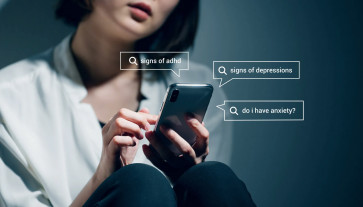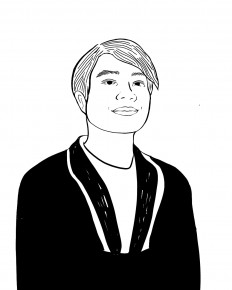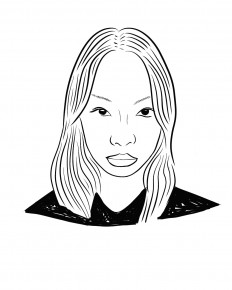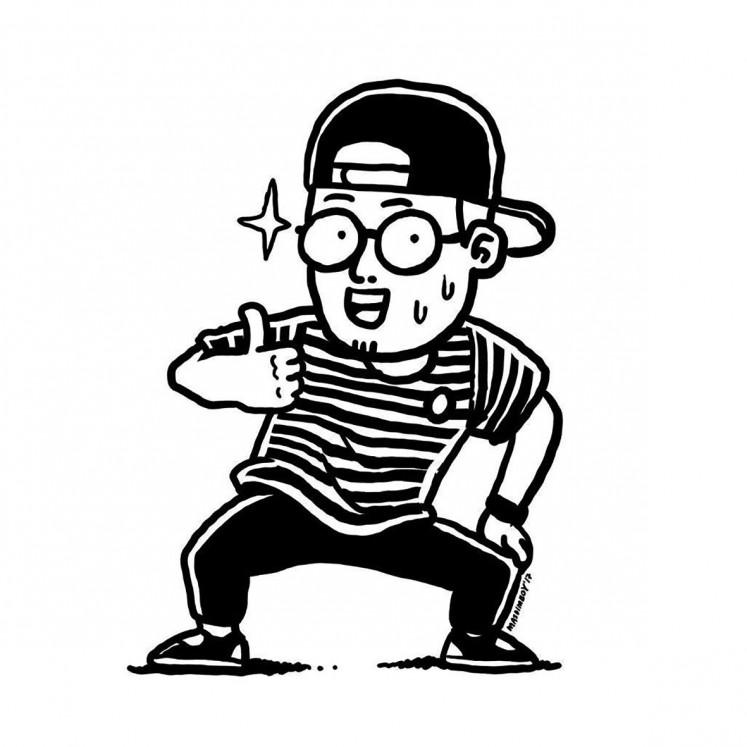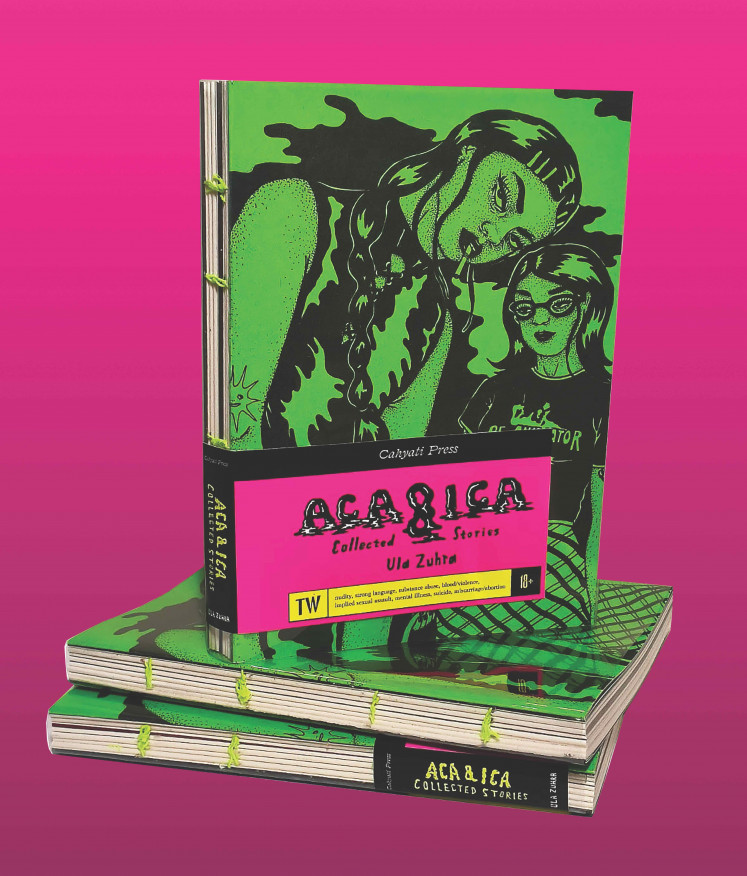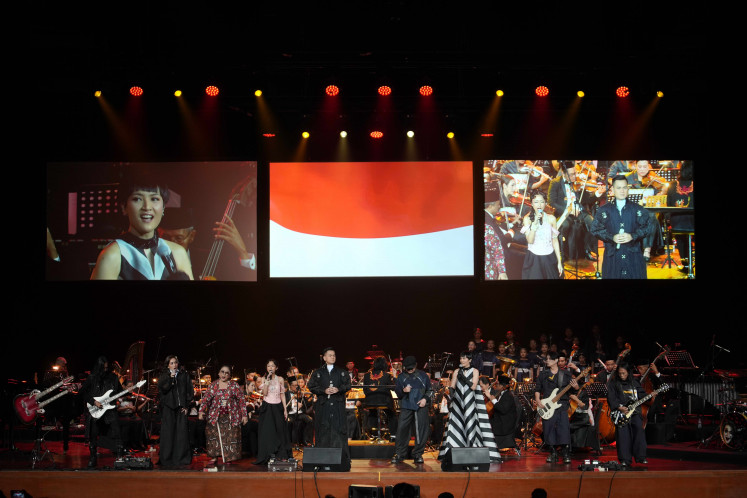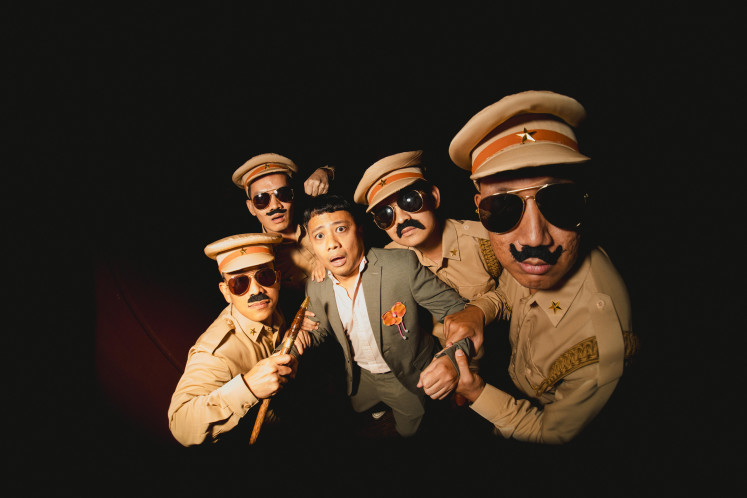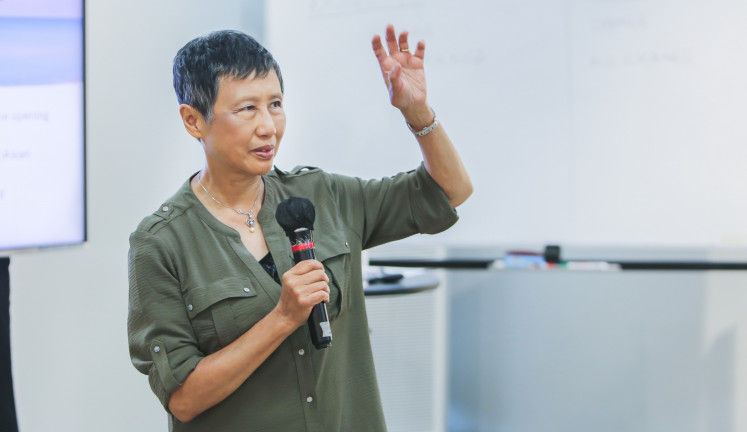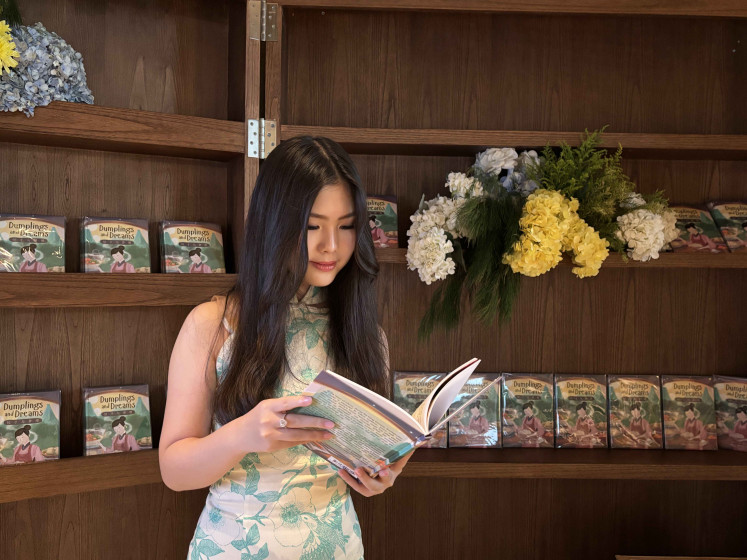Two blank closed A4, (A5) brochures with soft realistic shadows isolated on gray background. One of the brochures lies at an angle of the second brochure. Template can be used for your design.
“Indonesia is a shipwreck of a country, but I'm grateful I was born here. There's an endless wealth of stories to tell, and it's all so funny,” says Muhammad “Mice” Misrad, a renowned comic legend famous for Politik Santun Dalam Kartun, Benny & Mice comics and Indonesia Banget.
For Mice, comics are a powerful medium to convey ideas. His approach blends the unique behaviors and specific occurrences in Indonesia, merging hyperbole with visual storytelling to reinterpret relatable real-life situations for the masses.
Muhammad “Mice” Misrad:
Muhammad “Mice” Misrad is the prolific figure behind Mice Cartoon. He now has a community of 234,000 on Instagram and 84,000 on Facebook.
The popularity of comics in Indonesia can be linked to the country’s worryingly low reading interest index. According to UNESCO, only one out of 1,000 people is an active, diligent reader in the country, that translates to just 0.001 percent.
At a time when many live by the mantra of “TL;DR” (too long, didn’t read), an entertaining visual aspect is more engaging and easily digestible for the population compared with a series of paragraphs, even more so when it involves sensitive subjects.
Social media has further accelerated the growth of Indonesian comic artists, allowing a new generation of creators to share their art directly and independently with a wider audience, without needing intermediaries.
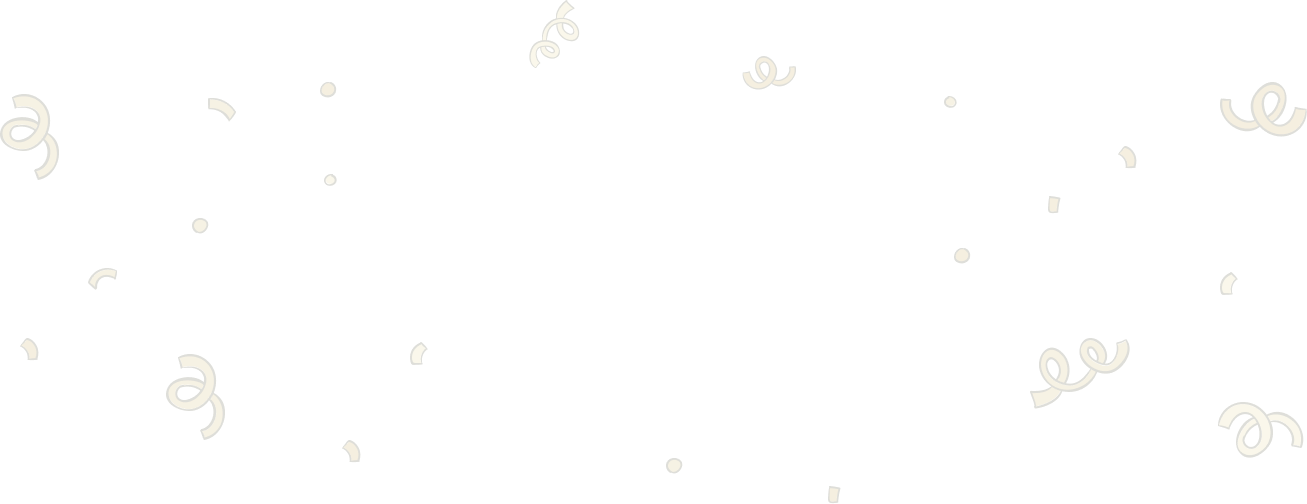
Thank you!
For signing up to our newsletter.
Please check your email for your newsletter subscription.
Iconic online comic artists such as Tahi Lalats and Si Juki, who have etched themselves into the Indonesian zeitgeist through their collaboration with global intellectual properties like One Piece and SpongeBob SquarePants, would not be where they are today without first cultivating an online audience.
Online audience is king
For Jasmine Surkatty, the creator of Komik Ga Jelas, the community aspect provided by social media has been an integral part of her platform. Jasmine’s absurd comics have gained over 105,000 and 70,000 followers on Instagram and Facebook, respectively.
“I get to interact with my readers instantly online. I can gauge what resonates with my audience quickly so that my overall work is better.”
She notes that having an online presence has become a valuable bargaining tool for artists looking to publish their work traditionally through print.
Read also: Work, Play, Repeat: Jakarta’s shift toward balance in the office“For example, my Instagram insights are something I show to my publisher Elex Media to communicate where my work is most popular and who actually reads it,” Jasmine says.
She has so far published three comic books, with another one coming next year.
Jasmine Surkatty:
The creator of Komik Ga Jelas, Jasmine Surkatty has been drawing comics for friends since elementary school to get pocket money to buy Indomie for lunch.
Before social media, she explains, artists couldn’t easily build an audience without first breaking into physical platforms like newspapers.
Adimas, the artist behind Masdimboy's grounded yet humorous slice-of-life comics, shares Jasmine’s sentiment. He embraced social media in its infancy in the mid-2000s.
“I used to draw comics with pencil and paper, scan them and then publish them on DeviantArt. Because the appreciation and connection we get is much more immediate than with print, it fuels us so much more effectively,” he says.
Adimas Bayu:
Known online as masdimboy, Adimas is a prolific comic artist whose grounded slice-of-life comic posts have resonated with a follower count of 101,000 on Instagram and 72,000 on Facebook.
Since going online, Adimas has noticed a shift in how comics are distributed. Previously seen as just an accessible alternative space for artists to share their work, online platforms are now a critical asset for traditional publishers seeking out new talent.
Mice, the most senior artist in this group, observed that the democratization of art has broadened their exposure but may have also made the interactions between artists and readers more superficial.
“Back then, I used to get fan letters through a Kompas editorial, or lengthy critiques on old forums like Kaskus. Now, comments are much more relaxed.”
Drawing life as it is
Regardless of medium, comic artists have always reflected real life in their work.
Jasmine often travels around Jakarta on commuter trains, observing people and absorbing their behavior.
Adimas notes that his comics rely on spontaneity, drawing inspiration from everyday happenings. He emphasizes the importance of being concise and authentic to create comics that easily connect with readers.
Read also: The state of Gen Alpha digital playMice also thrives in absorbing what happens around him, drawing comics that portray Jakarta for what it is. “The connection between the actual absurdity I find here and a bit of exaggeration in my silly drawings is what makes comics funny.”
Ula Zuhra Soenharjo, an illustrator and graphic novelist of Aca & Ica, pokes fun at humanity's selfishness. Through her stories, Ula wants to address topics that mirror the candid experiences of women and young people, which are often overlooked. Though her work is funny, it’s also deeply personal and vulnerable.
Ula Zuhra:
Known for her eccentric style of fully hand-drawn art, Ula’s limited release of Aca & Ica in 2023 became a hit, leading to a full graphic novel in collaboration with independent publisher Cahyati Press.
“Most of my work centers on women's issues, the female body, and the roles and sexuality that come with it, whether as a burden or a gift,” she says.
But unlike others who expanded their reach through social media, with her unconventional themes, Ula found creative freedom by working with independent, women-led publishers like Cahyati Press.
With independent publishers, there is no pressure to keep up with the fast-paced digital landscape.
“Our success [on social media] is really impacted by the algorithm on these platforms. It's much easier to share now, but you are also demanded to create more frequently,” Jasmine says.
A tragic comedy?
Despite their preference for light-hearted portrayals of everyday life, all four artists have a key message that they hope can resonate with their readers.
Jasmine hopes that her comics can show readers that having a different perspective toward the absurdity of life can bring a lot of laughter, while Adimas wants his black-and-white comics to inspire readers to reflect and to try drawing comics themselves.
Mice reiterates how comical real life can be, so he wishes his readers can critically observe their world like he does in his work, and help improve where they can to make the country better.
And for Ula: “I hope that by publishing Aca & Ica, more independent publishers will be open to publishing more graphic novels and comics by more artists.”
In the spirit of a traditional four-panel comic strip, this medium of art pushes readers to be self-aware and to laugh at the silliness of life. Indonesians, in particular, might find value in being more critical of their surroundings and finding comedy in tragedy, as we navigate life in this funny shipwreck of a country.




